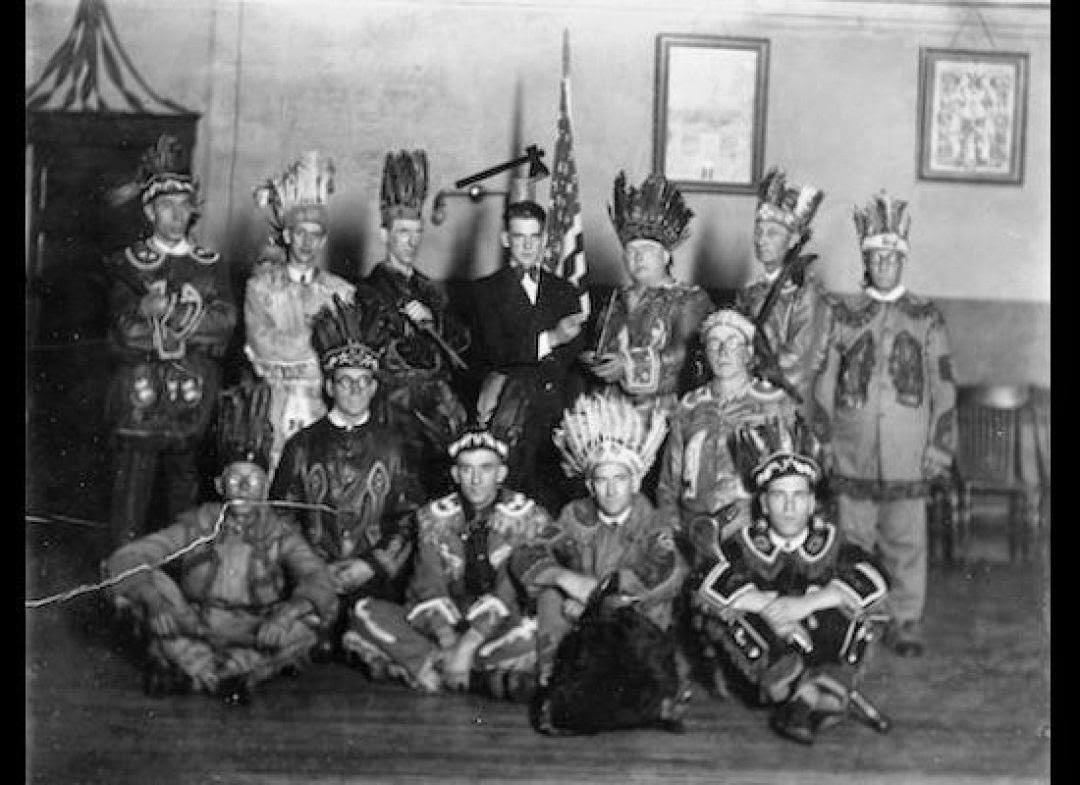by Akim Reinhardt
 Violence : War :: Lies : Mythology
Violence : War :: Lies : Mythology
This analogy holds. Violence is central to war, and lies are central to mythology. At the same time, violence and lies often stem from one or a few people, whereas war and mythology exist and function on a social level. One person can be violent to another, but warfare, by definition, involves entire societies. Likewise, one person can lie to another, but mythology, by definition, involves an entire society.
Donald Trump lies. A lot. Clearly more than most people, and probably more than any other president. Arguably professional journalism’s greatest failing of the last several years has been its reticence to label him a liar or to even identify his lies as such. Instead, they almost always play it safe, on the grounds that they cannot read his mind, and settle for euphemisms. He is incorrect. His statements are inaccurate. Respected, professional news outlets almost never state the obvious and the real. He is a liar. He lies. What he said is a lie. Not all of it, of course. Some if it is just gross stupidity. But also intentionally lies. A lot.
This is very important. Because Donald Trump’s many individual lies allow and the vast army of right wing media to perpetuate the mythology of Donald Trump.
A myth is full of statements that are “inaccurate” or “incorrect.” Sometimes these are expressed as supernatural impossibilities. Sometimes they are false statements purporting to be fact. Either way, a society can bundle up these individual lies and transform them into a mythological truth. Take for example story of Pocahontas. Read more »

 Europeans spent 400 years killing, raping, lying to, and robbing Indigenous Americans. And then, when they’d taken most everything they wanted, they turned Native peoples into tokens, costumes, mascots, and fashion accessories. Like most fashion trends, it’s gone in cycles.
Europeans spent 400 years killing, raping, lying to, and robbing Indigenous Americans. And then, when they’d taken most everything they wanted, they turned Native peoples into tokens, costumes, mascots, and fashion accessories. Like most fashion trends, it’s gone in cycles.